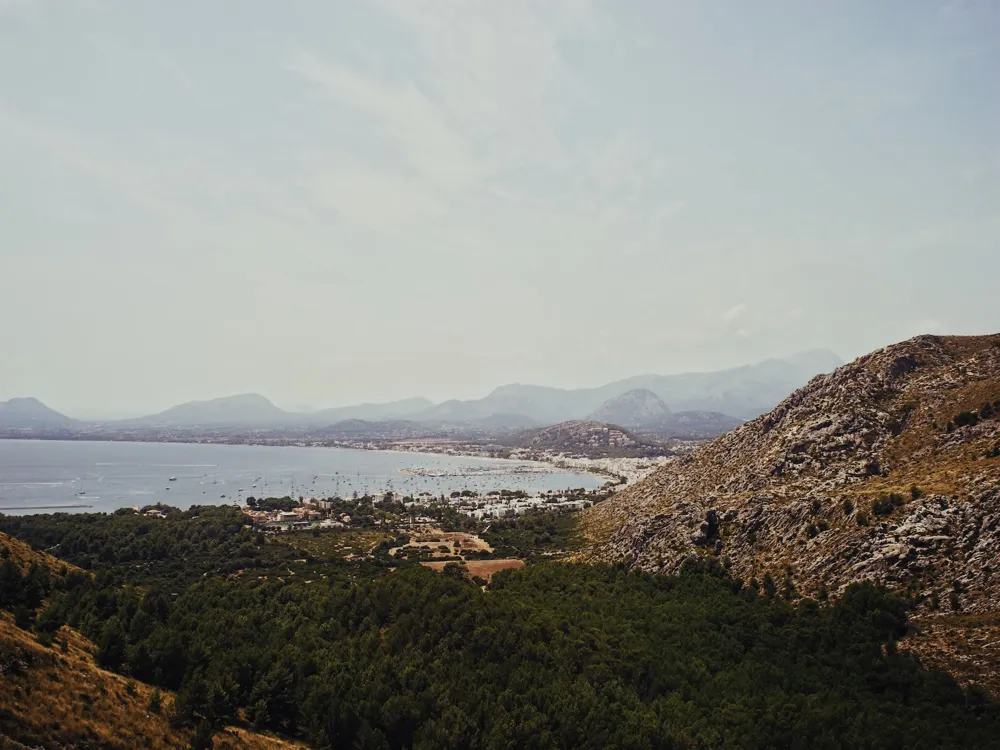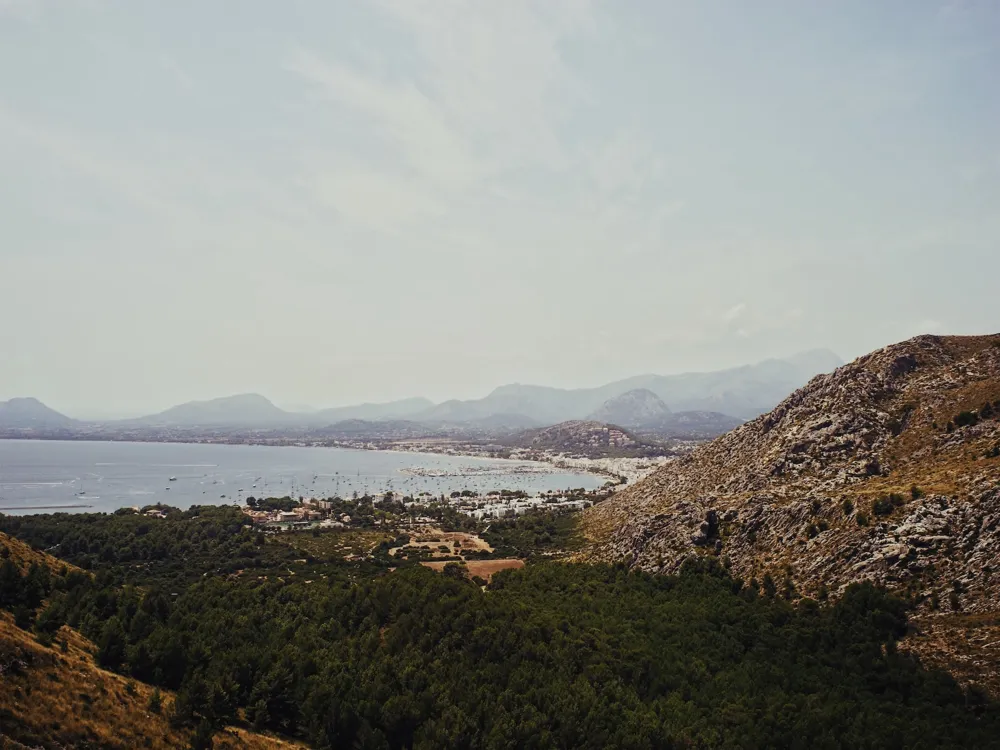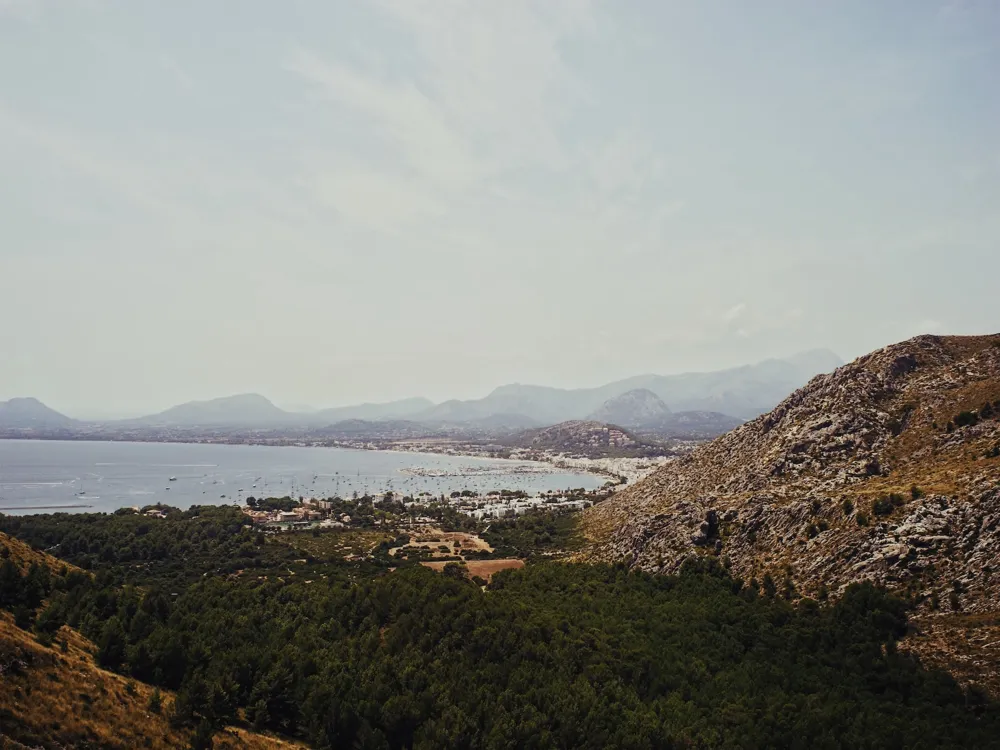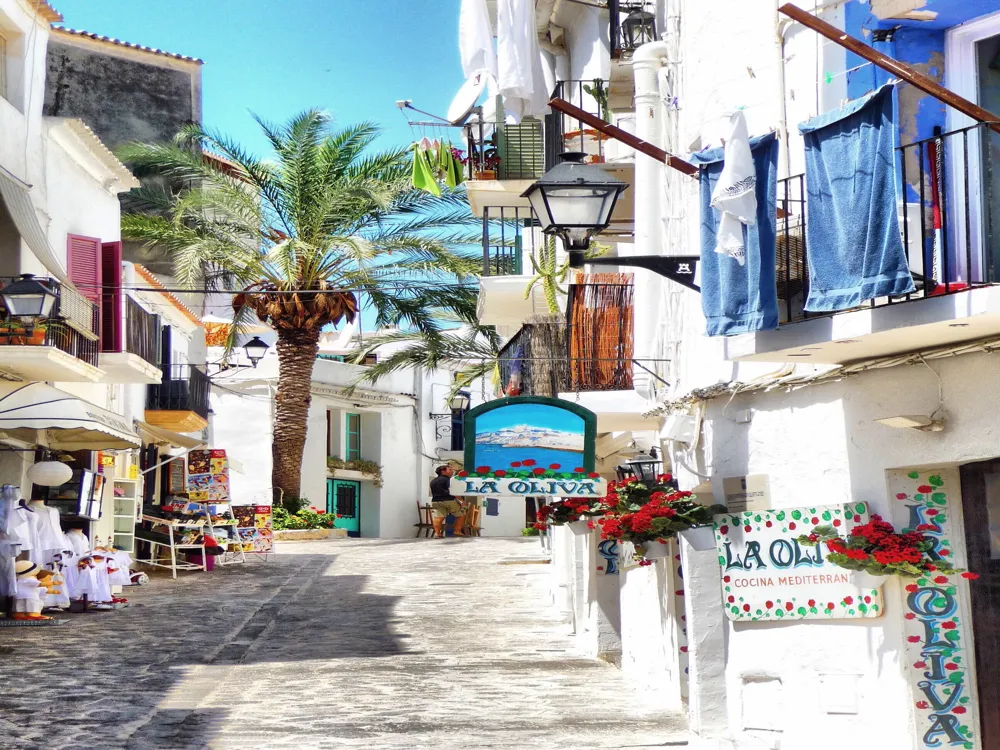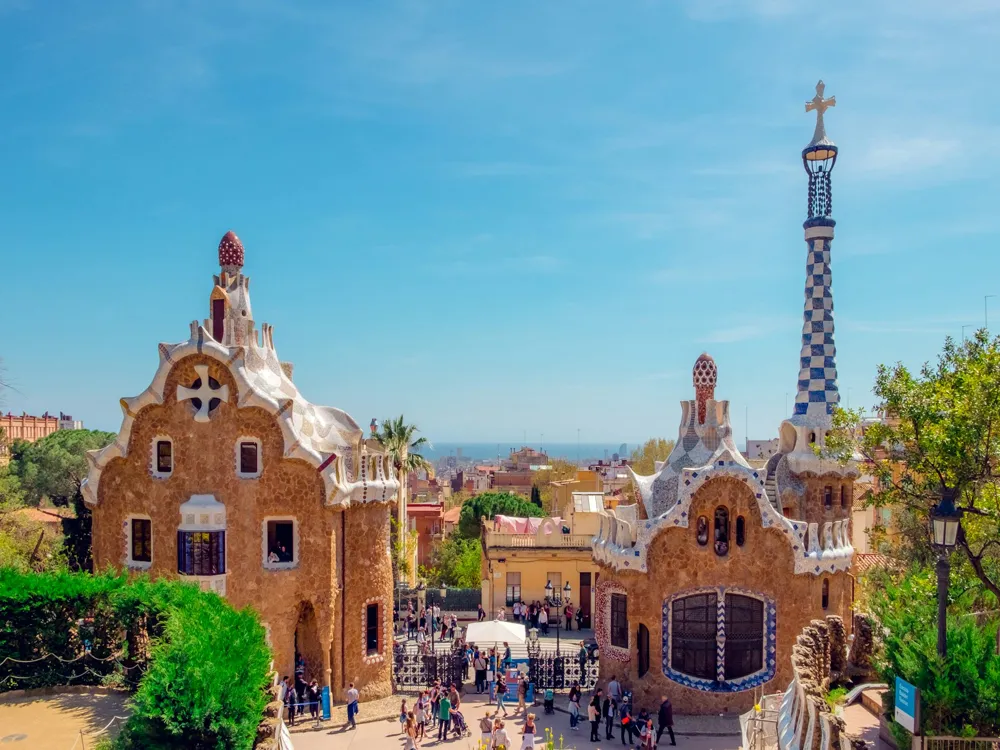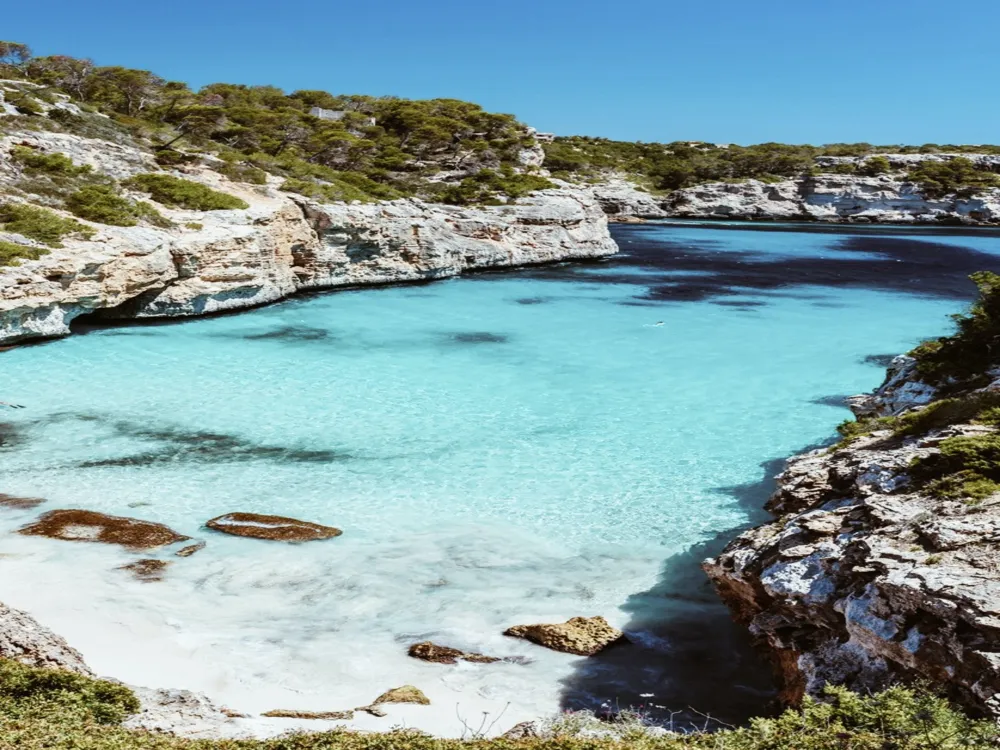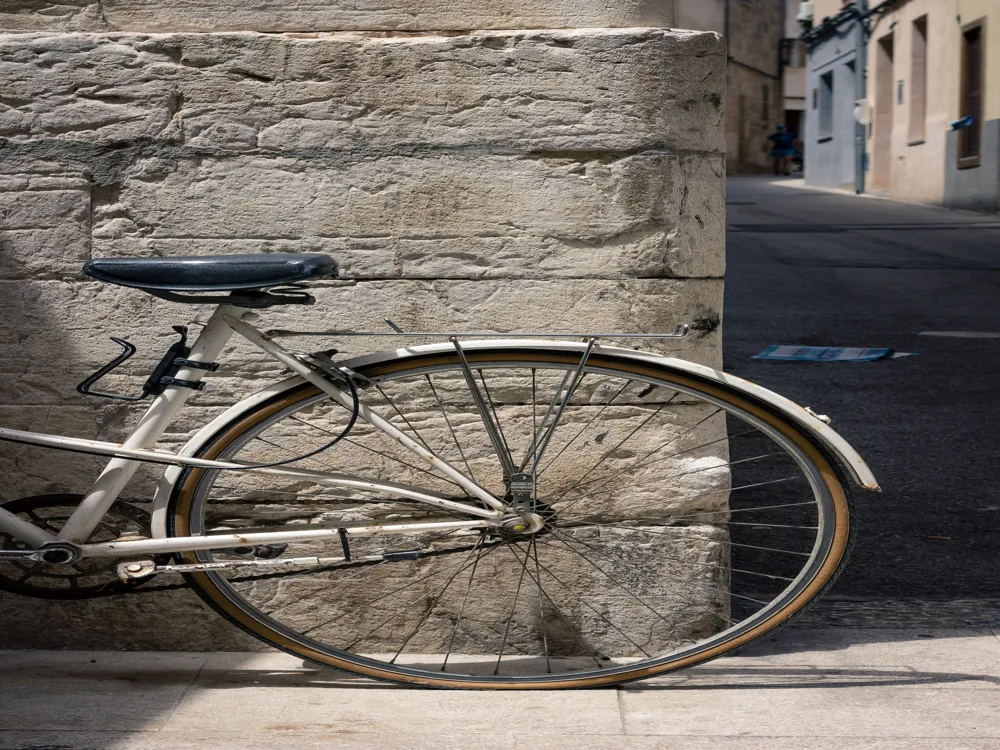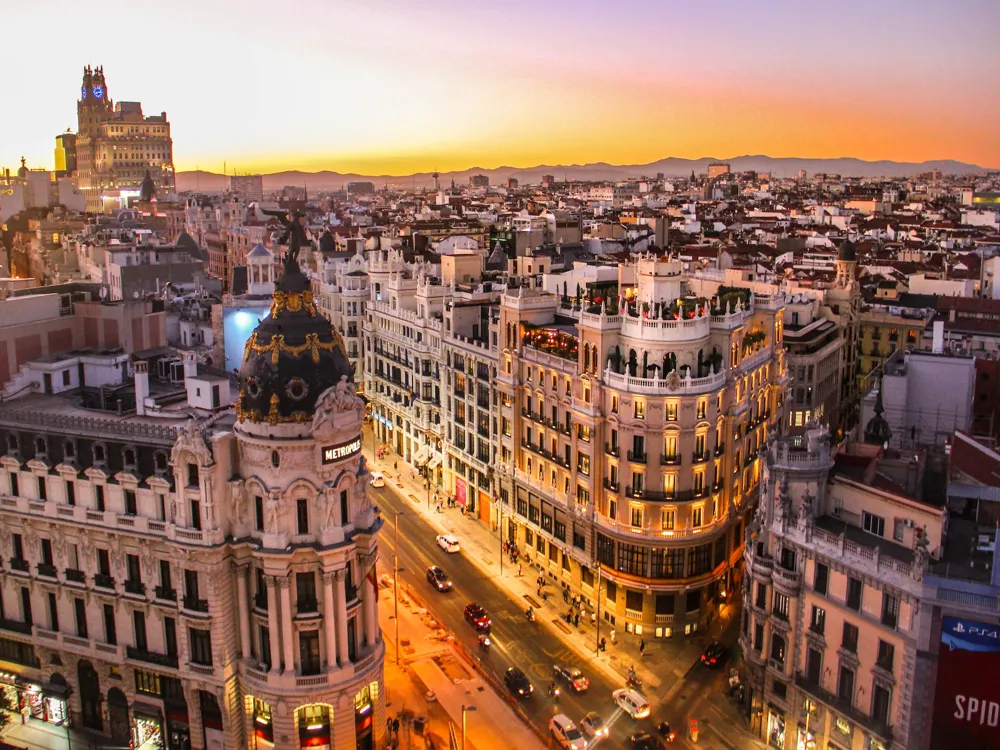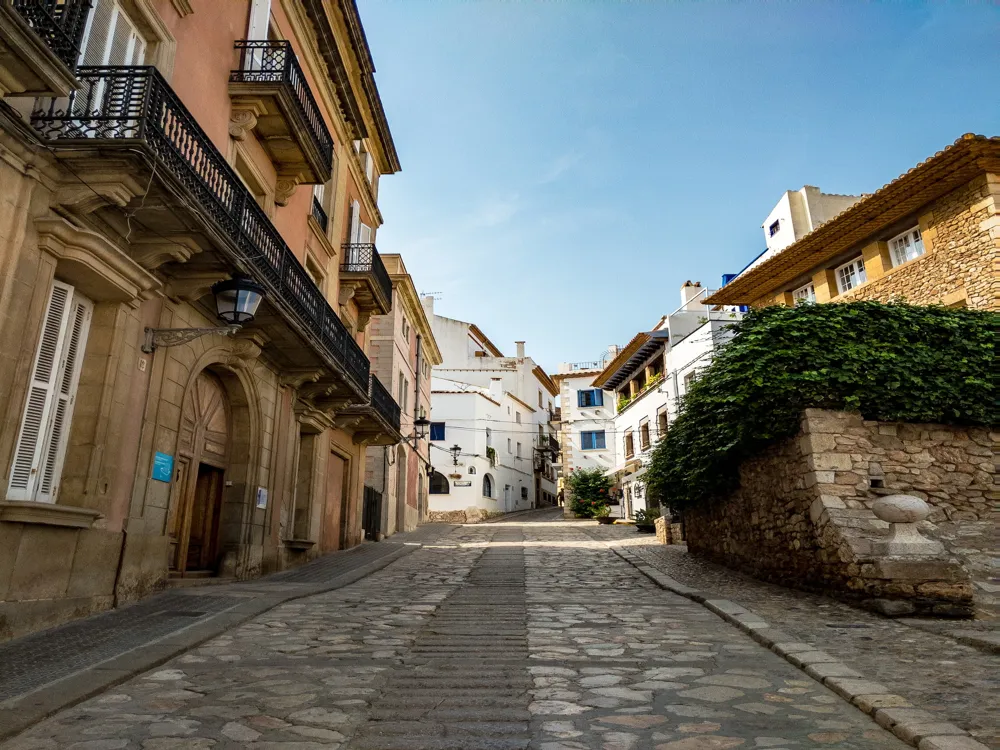The Serra de Tramuntana is a stunning mountain range that forms the northern backbone of the Spanish island of Majorca. Declared a UNESCO World Heritage Site, it is renowned for its breathtaking landscapes, rich cultural heritage, and unique biodiversity. Stretching over 90 kilometers along Majorca's northwest coast, the range is home to some of the island's most picturesque villages, ancient olive groves, and terraced hillsides. The highest peak, Puig Major, stands at 1,445 meters, offering spectacular views and a haven for hikers, cyclists, and nature enthusiasts. The history of Serra de Tramuntana is as captivating as its natural beauty. Inhabited since the Bronze Age, it has seen the influence of various cultures, including the Romans, Moors, and the Crown of Aragon. This diverse history is evident in the range's architecture, customs, and traditions. The area is also famous for its agricultural practices, particularly the dry stone technique used in terrace farming, which is a testament to human ingenuity in adapting to challenging mountainous environments. The Serra de Tramuntana's natural diversity is exceptional. It hosts a variety of endemic species and ecosystems, ranging from ancient olive and almond groves to dense oak forests and rugged cliff faces. This biodiversity contributes to the area's ecological significance and is a focal point for conservation efforts. Moreover, the Tramuntana range is not just a natural wonder but also a cultural landscape, reflecting the harmonious interaction between human activity and nature over the centuries. Visitors to Serra de Tramuntana can indulge in a plethora of activities. The region is a paradise for outdoor enthusiasts, offering opportunities for hiking, cycling, and bird watching. The GR221, also known as the 'Dry Stone Route', is a popular long-distance hiking trail that meanders through the mountain range, connecting charming villages and historical sites. Additionally, the range's scenic beauty and cultural richness make it a perfect destination for photography, cultural tours, and gastronomic experiences. The architecture of Serra de Tramuntana is a vivid reflection of Majorca's history and cultural influences. The region's buildings are characterized by the use of local materials, such as Marés sandstone and mountain slate, and traditional construction techniques. The architecture harmoniously blends with the natural landscape, exhibiting a deep respect for the environment. One of the most iconic architectural elements in Serra de Tramuntana is the 'dry stone' technique. This method involves stacking stones without any mortar to create walls, terraces, and buildings. These structures are a testament to the skill and ingenuity of local craftsmen and have been crucial in shaping the agricultural landscape of the region. The mountain range is dotted with picturesque villages like Valldemossa, Deià, and Sóller, each boasting its unique architectural charm. Valldemossa, for instance, is famous for its Carthusian Monastery where the composer Frédéric Chopin once stayed. The monastery, along with the village's stone houses and cobblestone streets, creates an ambiance of historical elegance. Another notable architectural feature is the network of 'pirris' or water channels, which have been essential for irrigation in this mountainous terrain. These channels are an example of Moorish influence and demonstrate an advanced understanding of hydraulics and environmental management. Religious architecture also plays a significant role in the Tramuntana landscape. Churches like Sant Bartomeu in Sóller and the Santuari de Lluc, a pilgrimage site with a revered statue of the Virgin Mary, showcase a blend of Gothic, Baroque, and Renaissance styles. These religious sites are not only places of worship but also custodians of the region's rich artistic and cultural heritage. Traditional farmhouses, known as 'possessions', are scattered throughout the Serra de Tramuntana. These grand estates often date back to the Moorish period and feature elements like oil presses, chapels, and elaborate gardens. They represent the agrarian past of the region and are a window into the lives of its former inhabitants. In summary, the architecture of Serra de Tramuntana is a mosaic of historical influences and sustainable practices. It offers a unique glimpse into Majorca's past and present, blending seamlessly with the natural beauty of the mountains and providing a timeless allure to this magnificent region. The ideal time to visit Serra de Tramuntana is during spring (April to June) or autumn (September to November). During these months, the weather is pleasant, and the landscape is vibrant, making it perfect for outdoor activities. Summer can be quite hot, while winter may see some trails closed due to snow. Ensure you pack comfortable hiking shoes, a hat, sunscreen, and plenty of water. The weather can change rapidly in the mountains, so it's wise to bring a lightweight jacket or raincoat. Don't forget your camera to capture the stunning scenery! Always stay on marked trails and respect nature and wildlife. Check weather forecasts before heading out and inform someone about your hiking or cycling plans. In case of an emergency, know the local emergency numbers. The Serra de Tramuntana is home to communities with deep-rooted traditions. Be respectful of local customs, particularly in smaller villages, and try to support local businesses whenever possible. Take time to explore the charming villages in the region. Each has its unique character, history, and culinary delights. Trying local dishes and wines is a must for a complete Tramuntana experience. Serra de Tramuntana is accessible by various modes of transportation. The nearest major airport is Palma de Mallorca Airport. From there, you can rent a car or use public transportation. Regular bus services connect Palma with key towns in the Tramuntana range like Sóller, Deià, and Valldemossa. Renting a car provides more flexibility to explore the region at your own pace. For the adventurous, cycling to the Tramuntana from Palma is a popular option, offering a challenging yet rewarding experience. Read MoreOverview of Serra de Tramuntana in Majorca
Architecture of Serra de Tramuntana
Tips When Visiting Serra de Tramuntana
Best Time to Visit
What to Bring
Staying Safe
Respect Local Customs
Exploring the Villages
How To Reach Serra de Tramuntana
Majorca Tourism
Best Time to Visit Majorca
How to Reach Majorca
Things To Do Majorca
Serra de Tramuntana
Majorca
NaN onwards
View majorca Packages
Majorca Travel Packages
View All Packages For Majorca
Top Hotel Collections for Majorca

Private Pool

Luxury Hotels

5-Star Hotels

Pet Friendly
Top Hotels Near Majorca
Other Top Ranking Places In Majorca
View All Places To Visit In majorca
View majorca Packages
Majorca Travel Packages
View All Packages For Majorca
Top Hotel Collections for Majorca

Private Pool

Luxury Hotels

5-Star Hotels

Pet Friendly







